 I can sum up today’s post in one sentence. That wasn’t it though… 😉 It’s simply this (and it may sound familiar if you’ve read many of my posts at all): The human brain is born without the ability to manage emotional content without support; if we get help early on, then we can develop that ability, but only if (and only as much as) we are assisted in developing it. Period. That’s just all there is to it. No infant anywhere ever was born with the ability to soothe himself, calm himself down when he is upset, or cry freely and safely to completion in a healthy manner without caregiver support. And if you don’t want to read the rest of my pontification about it, that’s enough for you to know at present. If you’re like me, though, and you always want to know a little more, then by all means read on!
I can sum up today’s post in one sentence. That wasn’t it though… 😉 It’s simply this (and it may sound familiar if you’ve read many of my posts at all): The human brain is born without the ability to manage emotional content without support; if we get help early on, then we can develop that ability, but only if (and only as much as) we are assisted in developing it. Period. That’s just all there is to it. No infant anywhere ever was born with the ability to soothe himself, calm himself down when he is upset, or cry freely and safely to completion in a healthy manner without caregiver support. And if you don’t want to read the rest of my pontification about it, that’s enough for you to know at present. If you’re like me, though, and you always want to know a little more, then by all means read on!
I’ve done a little looking around, and it was apparently around 100 years ago in his book, The Care and Feeding of Infants, that Dr. Luther Emmet Holt publicized the notion that we should allow our infants the opportunity to practice self-soothing, say when they are upset, or when they’ve been left to fall asleep alone. “Ferberization”, “respecting babies’ right to cry”, “controlled crying”, or the less friendly Holtian terminology, “cry it out”, are all ways that parenting “experts” have referred to the practice of leaving children to manage their own emotions. We’re coached by such pundits to ignore the crying, and/or to sit nearby and not help or make eye-contact, and/or to only intervene if the child is making himself sick with the emotion or is in danger. We’re told that “giving in” to the crying, giving them attention for tears, or not allowing them the opportunity to practice self-soothing trains them to be too dependent on us and teaches them how to manipulate us with their emotional displays.
And I can’t mince words here, I have to say, that’s all a bunch of utter and complete nonsense.
I don’t mean to be rude about it. I know that how we treat our kids is so close to our own hearts, and so subconsciously tangled with our own upbringings, self-identities, and triggers. I know that many of us are so full of disinformation about parenting, and children, and the process of maturation, that it’s tremendously difficult to weed out the good- and right-feeling options from the piles and piles of bullsh!t. I know, firsthand, what it’s like to struggle with ineptitude and inexperience when there is a living breathing tiny human depending on you to keep her alive, and well-cared-for, and healthy, let alone happy. I know the kind of reassurance it carries when someone tells you, “babies are resilient, he’ll be fine…”, “sometimes they cry like that no matter what, just let her get it all out…”, or “eventually, they just stop on their own, if you don’t mess with them…”. And I have actually witnessed an unassisted baby cry until giving up, until stopping. I now feel certain that a baby left to cry without help, doesn’t (eventually) quit because she is “self-soothing”, but rather because her brain has shut itself down from overwhelming panic and stress. Her system is riddled with Cortisol and Adrenaline and everything but minimal homeostasis and the primitive survival mechanism of quiet “fright” is totally. switched. off. This catatonic baby isn’t soothed, it’s instinctually playing dead.
 To be fair, there are kernels of truth in the myth of the self-soothing infant. Babies do sometimes cry and cry and cry, even after we’ve addressed every potential need we can think of — fed them, changed them, burped them, napped them, checked them for something causing pain or illness, etc.. Sometimes they have pressing emotional hurts that we can’t see; or need to heal lingering, even old, dormant hurts; and crying is the only way they can deal with it. Crying can be healing to be sure — but it absolutely has to be supported, “in arms” crying, in order to work in that respect.
To be fair, there are kernels of truth in the myth of the self-soothing infant. Babies do sometimes cry and cry and cry, even after we’ve addressed every potential need we can think of — fed them, changed them, burped them, napped them, checked them for something causing pain or illness, etc.. Sometimes they have pressing emotional hurts that we can’t see; or need to heal lingering, even old, dormant hurts; and crying is the only way they can deal with it. Crying can be healing to be sure — but it absolutely has to be supported, “in arms” crying, in order to work in that respect.
Another kernel of truth is that infants do have some reflexive mechanisms for soothing. One is of course, suckling, which I think more than anything else refers to and/or drives the infant toward the comfort that comes from nursing, which is another major reflexive soothing mechanism. Suckling, however, and the infant’s ability to eventually get her own fist to her mouth in order to use it for that purpose is not, as the “experts” tell us, evidence of the baby willfully self-soothing. Again, suckling is an instinctual reflex — and primarily a reflex built for breastfeeding — not a conscious, “Oh, I’m feeling upset, let me calm myself down” response to upsetting stimuli. And while offering a baby a pacifier to suck on in times of duress can help calm the baby’s brain in a “bottom-up”, primitive manner by attempting to induce positive feelings instead of the painful ones, it does not help wire the brain to manage future duress in the way(s) that assisting baby with our touch, rocking, soothing words, safe arms, and empathy do (which is all called “top-down” emotional soothing).
Leaving a baby to try and “suckle it out” on her own, is akin to only letting her ever ride bikes with training wheels. She won’t be able to balance herself nearly as well if she isn’t given the opportunity to feel what that’s like (first through experiential training, then through instruction, guidance, and support from us, and then through her own practice). The same analogy can be used in the opposite way, as well, in that if we just throw her on a bike all by herself and say, “You got this, I’m going to respect your right to bike!”, and shove her off down the road, she’s going to crash just as surely as you’re reading these words. And by the way, riding a bike is comparative child’s play to mitigating our own upsetting emotions. We all know plenty of adults, or are ones ourselves, who struggle or still can’t get the hang of self-soothing…
So while the brain does come with a rudimentary reflexive positive-feeling-generating mechanism to balance out mild unrest, it is still wholly incapable of successfully employing such a mechanism when the emotional state has reached overwhelm. For one thing, the stress hormone, Cortisol, blocks the release of Oxytocin, which otherwise calms the baby and helps him feel good. An infant’s suckling is not powerful enough to manage a Cortisol cascade like that which being left to cry without support will induce. For serious upset, especially as the infant ages into toddlerhood and the reasons for upset become more complex and personal, every child needs caregiver assistance to safely discharge the feelings, calm down in the moment, and wire the synapses for being able to consciously process and regulate emotion in the future.
If, for whatever reason, we don’t provide emotional support for our upset babies and children, then we set in motion a different version of development for them — a thwarted version. This version is more hyper-reactive to stress, is more likely to respond reflexively to upset (read: more like a primitive animal than a thinking human…); and is less likely to be able to process difficult emotions, maintain impulse control, manage creative problem-solving, or consciously calm down when experiencing duress. That’s not how the brain is supposed to be wired, but it’s what has happened to whole generations of humans, and we have all suffered for it. Our prisons, hospitals, mental health centers, shelters, and “safe-places” are brimming with people who cannot manage their emotions. Current research is linking the onset of major neuro-psychological conditions like Schizophrenia and Bipolar Disorder with epigenetic factors including the stress-levels and access to emotional processing support one has in early childhood.
 The bottom line is that true self-soothing is a complex and learned habit of emotional processing guided by specific neural wiring achieved through the experience of being soothed. One of the many reasons for humans’ long childhood is to give us lots of opportunities to experience being supported while we cry and then being assisted in calming down. If we don’t get help in infancy and early childhood, then we never have a chance of developing that neural real estate as fully. If we have to do it on our own, as adults, it can take years and years of arduous therapy and/or conscientious self-work to reprogram our synapses for better emotional processing. And the current thinking is that (as with, for example, foreign languages) if we miss out in early development, it’s not only harder to learn later in life, we also never get the chance to master those skills as well as we would have if given proper exposure in early development (the optimal neural window for developing the proclivity for those faculties…).
The bottom line is that true self-soothing is a complex and learned habit of emotional processing guided by specific neural wiring achieved through the experience of being soothed. One of the many reasons for humans’ long childhood is to give us lots of opportunities to experience being supported while we cry and then being assisted in calming down. If we don’t get help in infancy and early childhood, then we never have a chance of developing that neural real estate as fully. If we have to do it on our own, as adults, it can take years and years of arduous therapy and/or conscientious self-work to reprogram our synapses for better emotional processing. And the current thinking is that (as with, for example, foreign languages) if we miss out in early development, it’s not only harder to learn later in life, we also never get the chance to master those skills as well as we would have if given proper exposure in early development (the optimal neural window for developing the proclivity for those faculties…).
Intentional, conscious self-soothing is not childs’ play. If we want our kids to develop healthy habits, and strong synapses, for it in the eventual, then we have to be serious about assisting them. It’s our job to “teach” them how to self-soothe: to make room for their emotional processing, to allow them to cry safely in our arms, and then (through our continued empathy and touch) to trigger their return to calm, and higher brain functioning. Only by doing so — over and over again, time after time, throughout early childhood — can we train their brains to do it, and do it well, for themselves. And only after years of this process, can we expect them to truly self-soothe. Anyone who tells you differently, is trying to sell you something.
So, I mentioned most of them above, but here’s the quick list of ways to wire your child’s maturing brain for eventual self-soothing prowess (remembering, of course, that these are generally for use after you’ve attempted to address any needs s/he might have):
In infancy (and with minimal upsets) —
• Warmth: it can be as simple as helping him 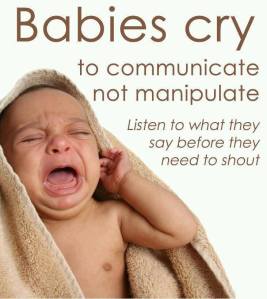 cozy up, and often the best spot is under a blanket, naked on your bare chest; it might seem perfunctory, but try it, and you’ll see magic (especially if you also use chest-to-chest time in between upsets…).
cozy up, and often the best spot is under a blanket, naked on your bare chest; it might seem perfunctory, but try it, and you’ll see magic (especially if you also use chest-to-chest time in between upsets…).
• Rocking/Movement: you know what this looks like; and if you’re like me, then you spontaneously start doing it even just looking at babies…
• Suckling: see if you can help baby find her fist to chew on; if the emotion is a little more intense, and you are ok with them, try a binky (I only encourage the use of pacifiers for upsetting moments, not a general chew-toy); or offer to breast- or bottle-feed (and yes, I am suggesting nursing for comfort — from an infant’s perspective, that’s all it ever is…).
And continuing throughout development (and/or during more serious upset) —
• Touch: gentle caresses, hugs, even just a finger on his toe helps make way for him to discharge the painful feelings and begin to change his brain chemistry, releasing Oxytocin and breaking the Cortisol grip; and remember chest-to-chest time just for fun, since it helps wire his brain for better Oxytocin release and reception.
• Taking Time: slow way down when upsetting emotion overwhelms her, make room for her feelings; and when you know she’s having a day when she needs to release, provide time for it instead of trying to coax (or threaten…) her out of it; allow for emotional processing because once it’s out and the brain chemistry shifts, then everything is easier — the birds come tweeting out, the sun warms the shimmering hills over which the rainbow arches, and all is gloriously well in the world after every major storm…
• Talking it Out: another thing that helps, especially as children age, is “using our words” — I usually hate when I hear parents robotically whine that at their kids, but — there’s good brain science that says talking about our feelings helps us process them in that “top-down” manner that once wired-in makes it easier for the brain to have tough feelings and still not lose control and go “all ape-sh!t” as they say, so let your kids talk about the feelings involved; and you, too, can use words to help you process your own feelings more easily when you’re triggered — just try naming the feelings (without blaming them on anyone…).
• Empathy: the number one way to help, especially but not only verbal kids, is to actively empathize, and here I don’t just mean to try on the perspective (although that is a necessary first step), but to (also) actually express your genuine understanding of your kid’s predicament; get down on his level and look him in the eye and let him know that you get it — when you really successfully communicate that to him, he’ll transform in front of you (he may crumble into you and weep, and then/or his pain may melt away, and then/or he will bounce out of the upset emotion into a happier state than was previously available to him).
And for you visual types who maybe haven’t see it before, here’s a lovely graphic that Natalie and I created (and which you can get here) to help illustrate all of the above:
So now you know, if you didn’t or only suspected before, and you can tell those “experts” when they encourage you to let your infant self-soothe herself to sleep, or try to get you to stop reacting to his emotions so that he’ll learn to self-soothe — “Well, actually ‘self-soothing’ is a very complex neural process that takes years of support and guidance to properly develop. And that’s exactly what I’m doing by responding quickly and calmly to my child’s cries, and helping with my child’s emotional processing, and physically triggering the neural processes my child’s brain has to learn to do so that it can begin to do it on it’s own. Thanks though!” Feel free to print that out to have on hand and read aloud if need be. 😉
Here’s more supporting links for you:
• A parent’s video guide to skin-to-skin contact with their infants
• Great article on recent research into effects of mother’s touch on infants
• Another great article (with scientific notation!) on various aspects of emotion regulation
• One of my favorite blogger’s posts called, “What you Need to Know about Crying-it-Out”
• A great basic description of brain areas involved in emotion.
• A scholarly chapter from Stanford on conceptual foundations in emotion regulation (nice overview of some contemporary science in this arena).
• Another, even better scholarly article from Emotion and Motivation Vol. 27, No. 2 on emotion regulation (with loads of citations as well)
• An article from Genevieve Simperingham on some beneficial effects of stress-release crying as well as a little of her own experience with Aware Parenting, made popular by Aletha Solter, Ph.D.
• An article from Solter herself on “assisted crying”; also my historical source on Dr. Holt… (also with citations)
*
Be well.

 Can we talk about authenticity for a minute?
Can we talk about authenticity for a minute?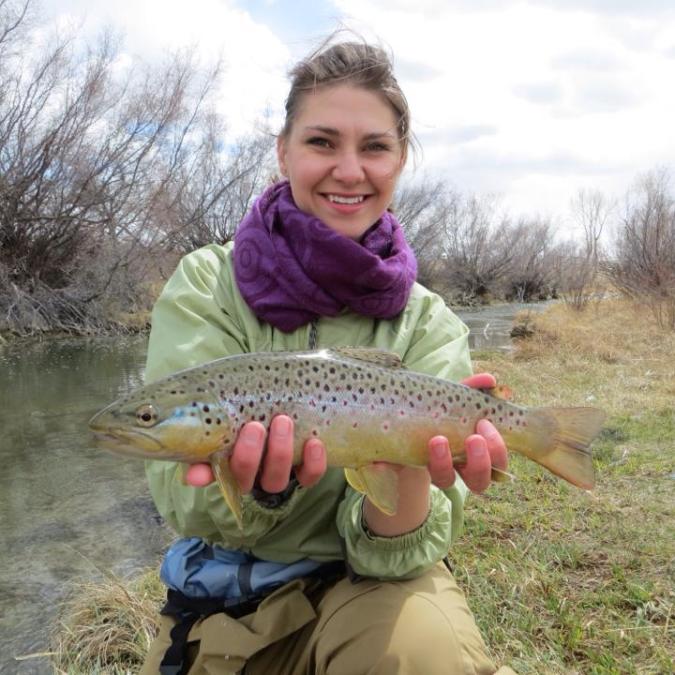

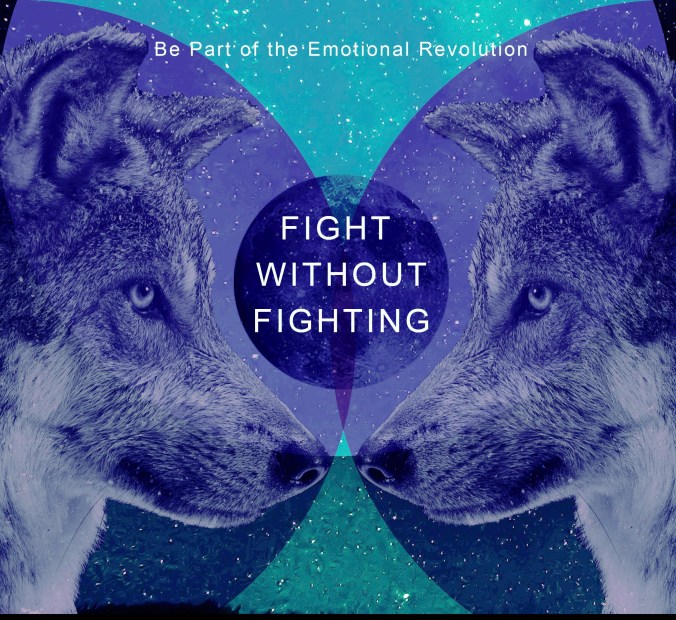

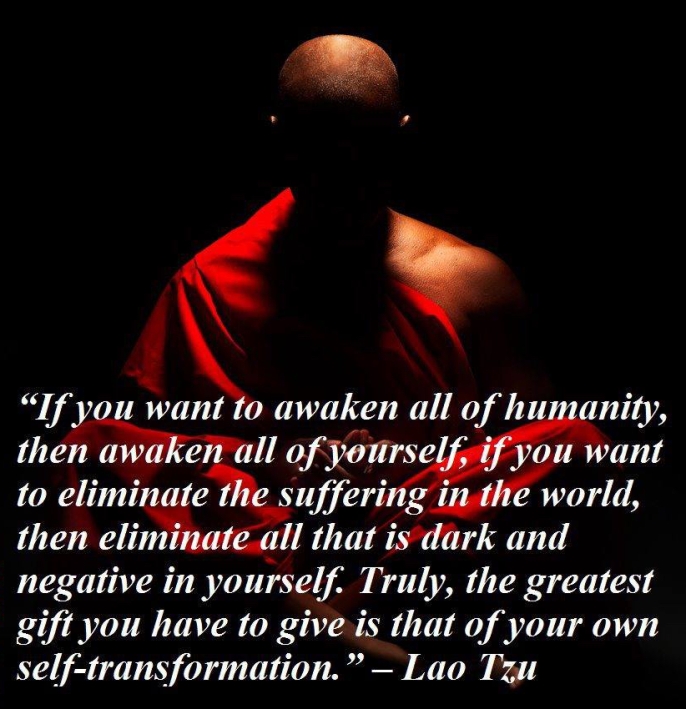













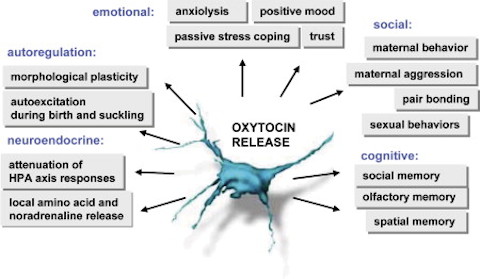





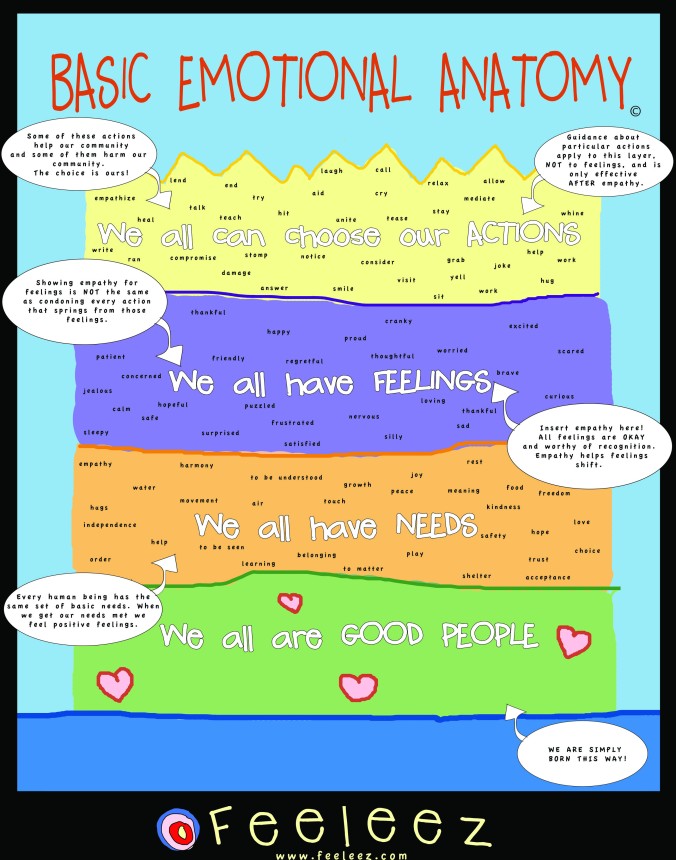


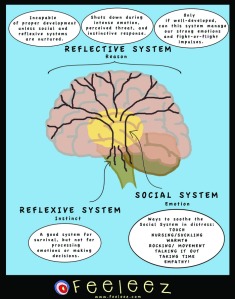



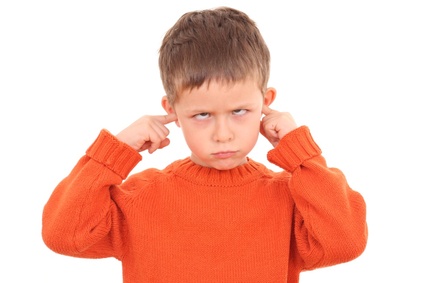


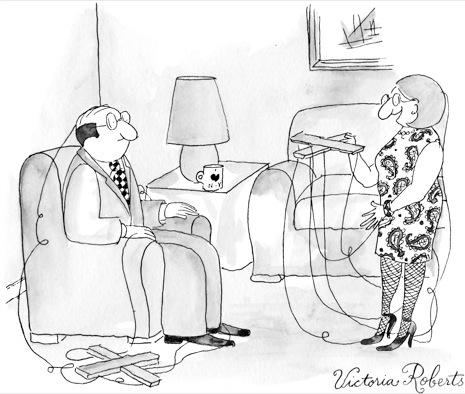











 Team
Team










 cozy up, and often the best spot is under a blanket, naked on your bare chest; it might seem perfunctory, but try it, and you’ll see magic (especially if you also use chest-to-chest time in between upsets…).
cozy up, and often the best spot is under a blanket, naked on your bare chest; it might seem perfunctory, but try it, and you’ll see magic (especially if you also use chest-to-chest time in between upsets…).